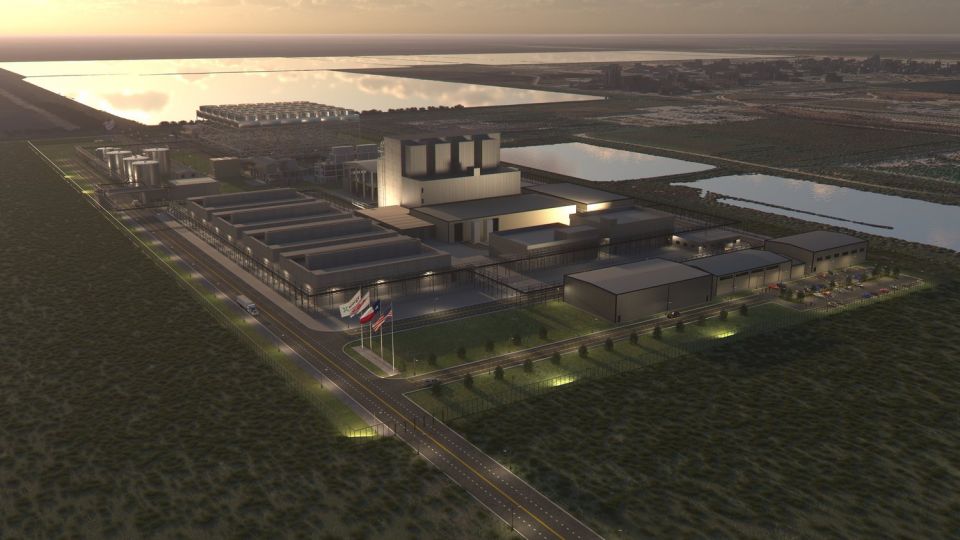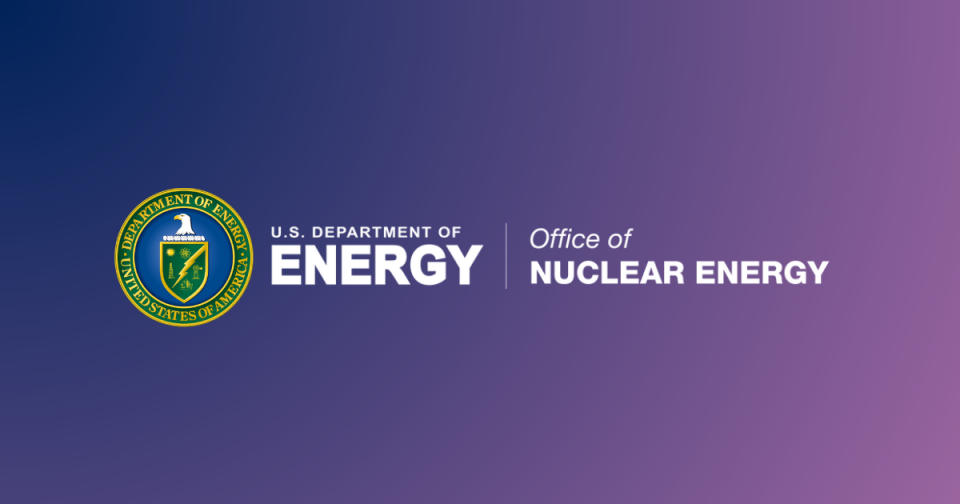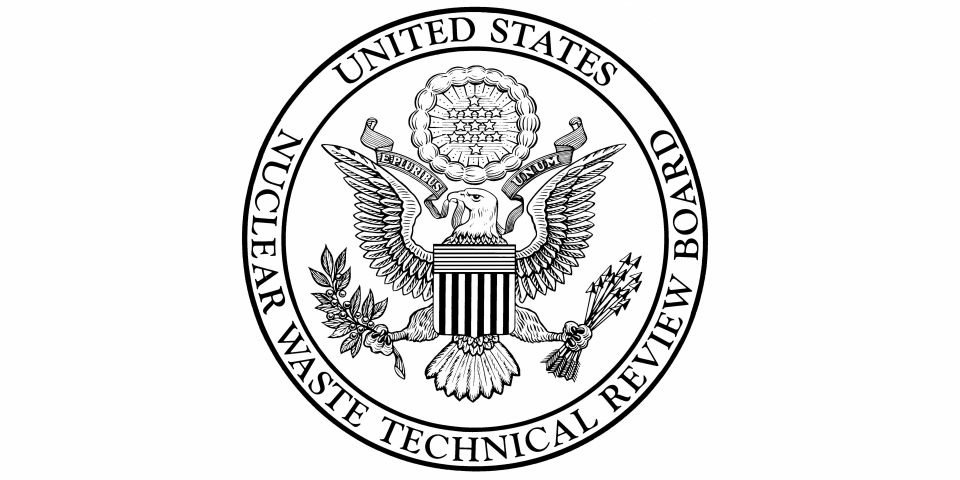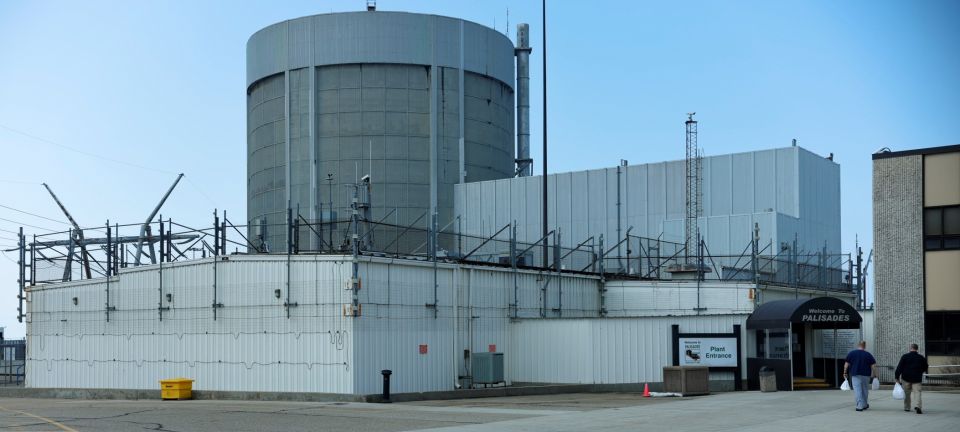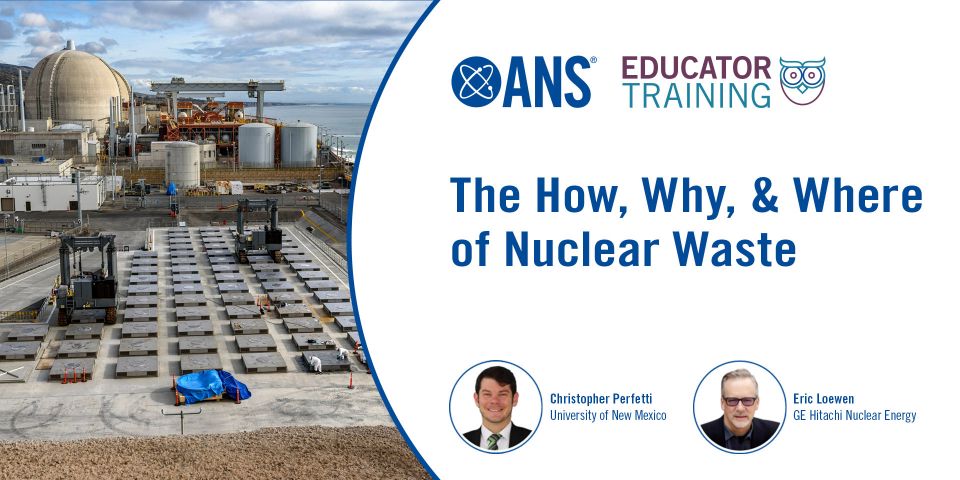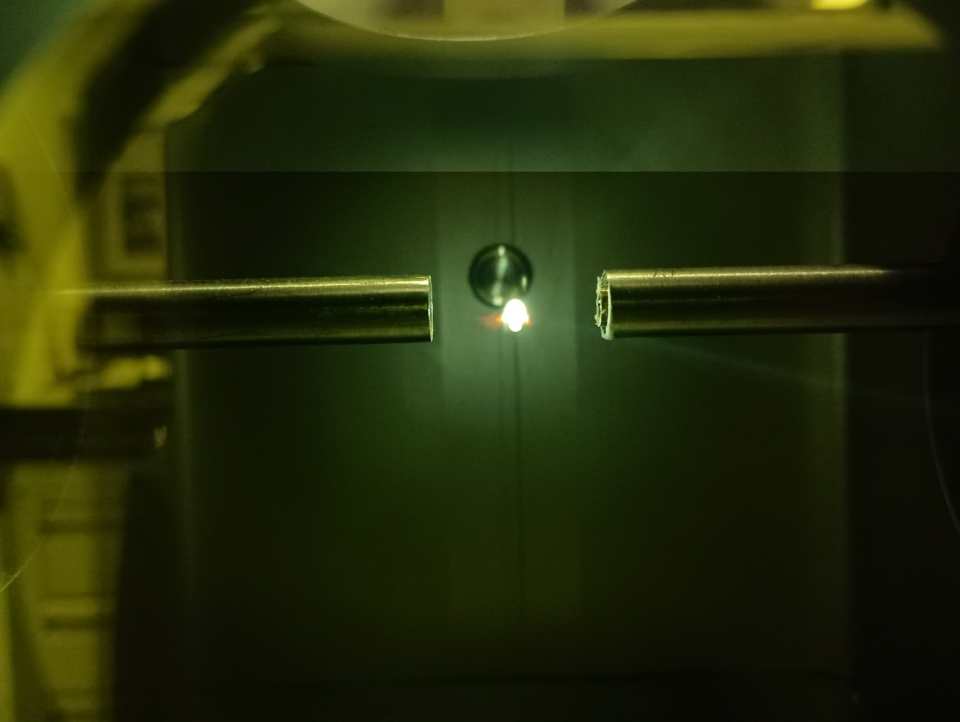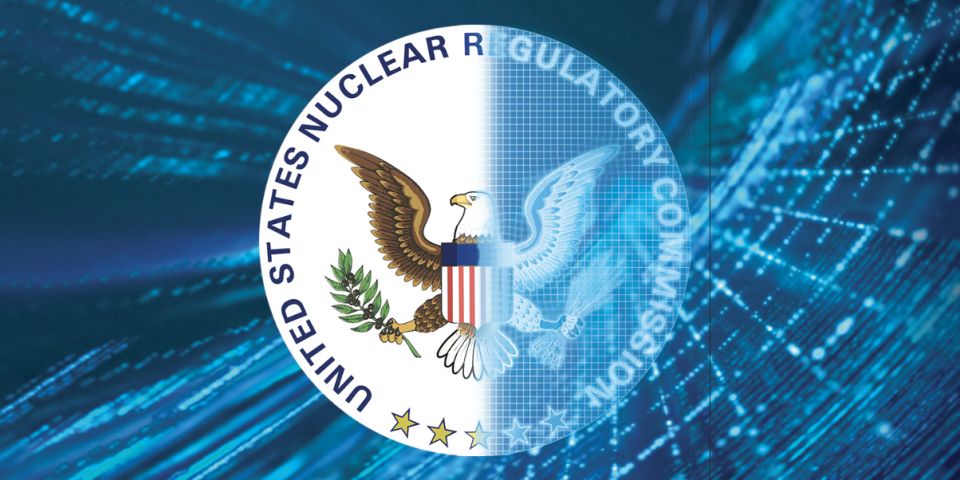In all fairness, during Biden’s term, the DOE played a more prominent role in trying to commercialize existing technologies. In the last four years, it has handed out many grants and loans to build new transmission lines, electric vehicle factories, and hydrogen hubs and to restart nuclear power plants.
And it’s also easy to forget that Trump was pretty pronuclear in his first term.
Most elected officials and their staffs are kind of scared of nuclear. They’re afraid they will do something stupid and dangerous. So major changes don’t usually happen from administration to administration unless career energy folks are at the helm.
Trump’s pick of oil executive Chris Wright as secretary of energy is telling. He was picked for his likelihood of promoting fossil-fuel development and reversing many Biden-era initiatives on renewables. The latter might be tricky, since more renewable projects are in red states than blue, especially wind, so Congress will have a say about that.
In a video he posted on LinkedIn, Wright said, “There is no climate crisis, and we’re not in the midst of an energy transition either.”
Yet even as he has downplayed the consequences of a warming planet, Wright has expressed support for reliable, low-carbon-emission technologies. He sits on the board of Oklo, a small modular nuclear reactor start-up. Wright’s own company, fracking leader Liberty Energy, invested in geothermal company Fervo Energy, which uses fracking technology in developing geothermal fields.
Except for purging recalcitrant DOE folks, I predict Wright will be involved more in the energy side of the DOE, such as pushing through more permits for new liquefied natural gas terminals and ending renewable-friendly research. If he is smart, he should leave the weapons and waste to career professionals, a path that unfortunately is an anathema to this new administration’s philosophy. It will be interesting to see how Wright stands up to Elon Musk’s budget-slashing swords at the Department of Government Efficiency.
The weapons side will be driven by Trump’s foreign policy and view of Russia and China, as well as Iran’s nuclear program and how much budget cutting will really occur (as that will again engender congressional opposition from both red and blue states).
Despite all the bizarre content of Project 2025, the effects on nuclear waste may be large and for the good . . . mostly by accident.
The Hanford Site is front and center. One Project 2025 idea recommends reclassifying highly radioactive tank wastes into something less dangerous so cheaper methods can be used to dispose of them—with or without the approval of the Washington State Department of Ecology. Those methods mainly include grout instead of glass.
This may sound radical, but many of us have been suggesting this for years, because almost all of the high-level waste at Hanford is now low-level or transuranic waste, categories for which we have well-established disposal methods and locations already in place and in operation. We don’t need new disposal locations or new methods.
The little HLW left of the original 57 million gallons can be vitrified at a much lower cost and on a much faster schedule. This is similar to the general conclusion of the latest Government Accountability Office report, Hanford Cleanup: Alternatives for Treating and Disposing of High-Level Waste Could Save Billions of Dollars and Reduce Certain Risks. The report was informed by meetings among the GAO, a group of experts, and the National Academies in 2024 (full disclosure: I was on this panel).
Removal of cesium-137 and strontium-90 in the 1980s, plus two of their 30-year decay lives, have left the HLW without sufficient radioactivity to pass muster as HLW, even according to Sec. 3116 of the Ronald W. Reagan National Defense Authorization Act for Fiscal Year 2005 (NDAA), or one of the DOE Order 435.1 “Waste Incidental to Reprocessing (WIR)” processes. And none of the tanks at Hanford exceeds 1 curie per liter, well below the cutoffs for Greater-than-Class-C waste (4 Ci/L for cesium and 7 Ci/L for strontium).
One bad idea in Project 2025 is to resurrect Yucca Mountain as the nation’s commercial (and HLW) nuclear waste disposal site. The Topopah Spring tuff that would be the host rock is simply a lousy rock. And we all worked for more than 25 years trying to make that lousy rock work. The price tag to make it pass regulatory approval is at least $200 billion. The highly fractured, dual porosity, variably saturated, oxidizing system that sits on the edge of the Las Vegas Valley shear zone is not the place you want to put anything away for ever and ever. And the Nuclear Waste Fund could never hope to cover these huge costs.
We know from experience that massive Permian salt is the best host rock and could easily be covered by the Nuclear Waste Fund, but that’s a story for another time.
Another particularly bad idea in Project 2025 is to appropriate more money toward Hanford’s cleanup. That money would be taken from projects nationwide covered by the 2022 Inflation Reduction Act and the 2021 Infrastructure Investment and Jobs Act. The former is effective in reducing inflation, a major issue in the 2024 election that got Trump elected, and the latter provides money for federal highways, transit, research, hazardous materials work, broadband access, clean water projects, and electric grid improvements. These are much more important to the economy and our future than giving more money to Hanford. Hanford has enough money to achieve its goals if we use it wisely and don’t spend it on vitrifying LLW or TRU waste.
On the other hand, the DOE did work with the Washington State Department of Ecology recently to come up with a better path forward and which does include grouting for much of the waste, avoiding reclassification of any of the waste. So the Project 2025 proposal for this waste is not a radical solution at all, even if they thought it was.
And saving a hundred billion dollars or so is not a bad thing.
James Conca is a scientist in the field of earth and environmental sciences specializing in geologic disposal of nuclear waste, energy-related research, planetary surface processes, radiobiology and shielding for space colonies, and subsurface transport and environmental cleanup of heavy metals.



